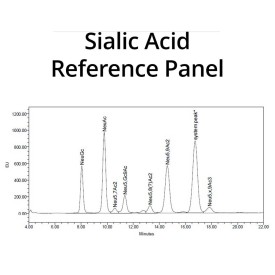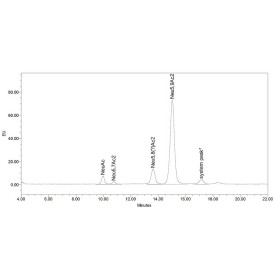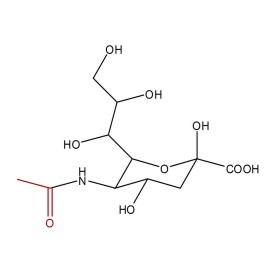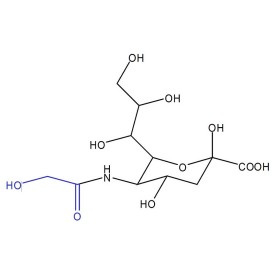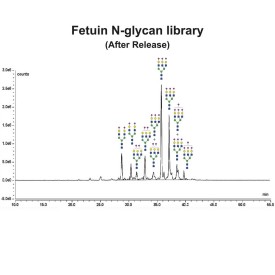DMB sialic acid release & labelling kit
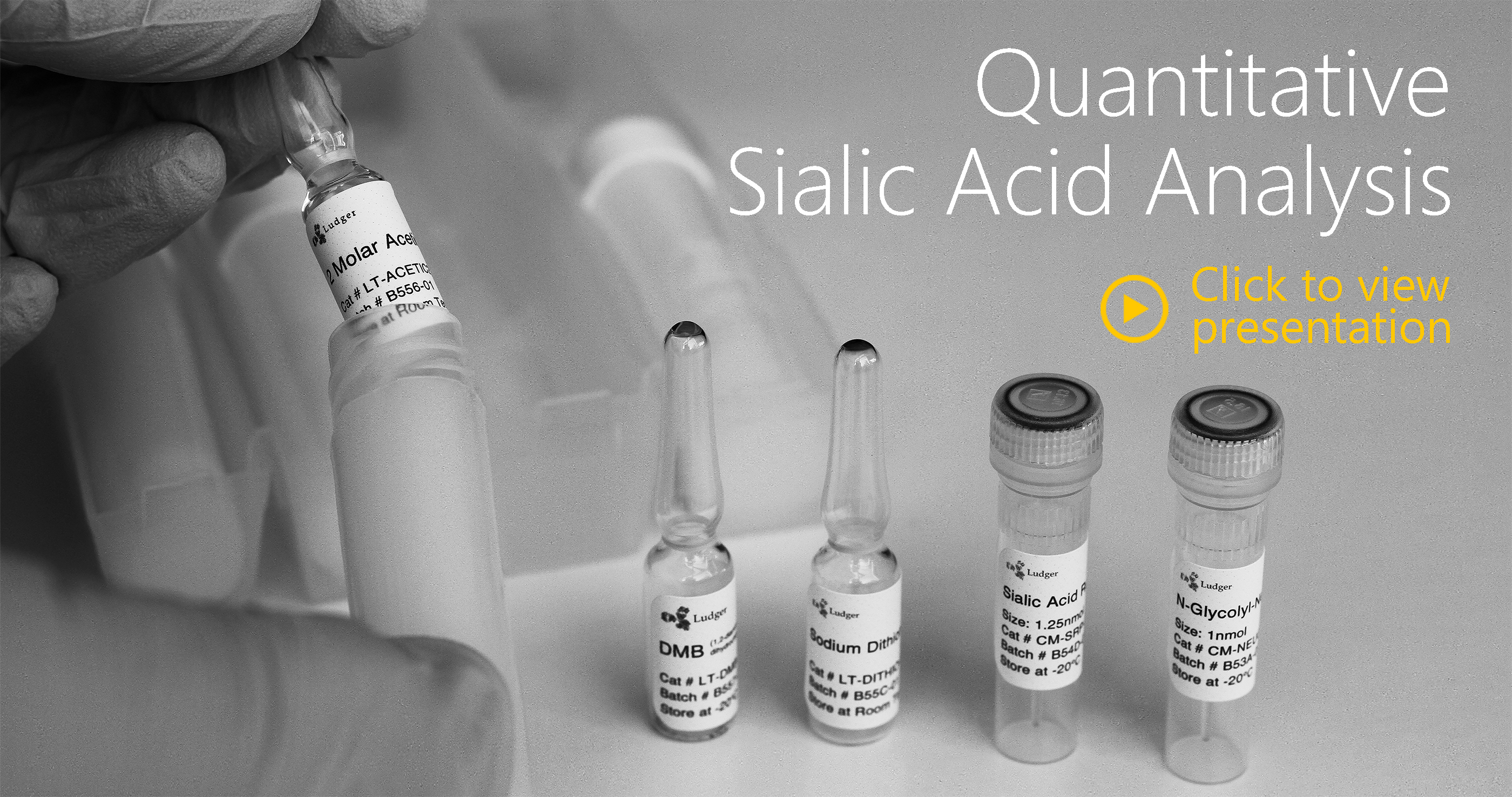
Quantitative Sialic Acid Release and DMB Labeling Kit
Sialic acid analysis workflow designed to satisfy the regulatory requirements for biopharmaceutical sialic acid content analysis to specify the following:
- Overall degree of drug sialylation - absolute quantitation of sialic acid residues per molecule (nmol/mg protein)
- Relative quantities of Neu5Ac:Neu5Gc
- Identification and relative percentage of O-acetylated sialic acids
Presentation: Quantitative Sialic Acid Analysis (or click here to view the Mandarin version)
Application Note: Quantitative Sialic Acid Analysis (or click here to view the Mandarin version)
Product Guide: LT-KDMB-12 (or click here to view the Mandarin version)
Posters
Glycan Standards as Key Tools for Robust and Reliable Analysis of Glycoproteins
Hendel J, Peel S, Spencer D
Presented at: 29th International Carbohydrate Symposium
Lisbon, Portugal. July 15-19th 2018
Awarded the Chemical Biology Poster Prize by the Royal Society of Chemistry's 'Organic & Biomolecular Chemistry' Journal
Sialylation: A Critical Glycosylation Quality Attribute for Biopharmaceuticals
Hendel JL, Kozak RP, Morgan CL, Royle L
Presented at: WCBP 2018: 22nd Symposium on the Interface of Regulatory and Analytical Sciences for Biotechnology Health Products
Washington D.C., United States. January 30-February 1st 2018
Analysis of Sialic Acids in Biopharmaceuticals
Hendel J, Royle L, Kozak RP, Fernandes DL
Presented at:
WCBP 2017: 21st Symposium on the Interface of Regulatory and Analytical Sciences for Biotechnology Health Products
Washington D.C., United States. January 24-26th 2017
FAQs
Can I store the reagents if I don’t use them all?
In general we recommend against storing the left over solution because we cannot guarantee the chemical quality after storage. The reason that it is generally too risky to store this solution is that it contains a mixture of two reducing agents and a light sensitive dye – if this solution is not protected from the air (oxygen in the air with react with the reducing agents) and the light then the efficiency of the labelling reaction will be impacted and the quality of the resulting data will suffer. As this mixture is in an ampule – which is required for shipment and storage under inert atmosphere – and is now broken open there is no way to reseal unless you transfer the solution – we consider this too big a risk and potentially too variable of a process from lab to lab to suggest this to our clients as best practice.
Will X Buffer interfere with my analysis?
Some salts/buffers commonly used with proteins may interfere with the sialic acid analysis process. This is dependent on the amount of sample taken compared to the volume of buffer (as a large amount of buffer can affect the acidity of the solution during acid hydrolysis). In our experience buffers such as PBS are not a problem where the sample concentrations are above 1mg/mL and between 50 and 200 µg of sample is taken for analysis. This will need to be tested for each sample type and we recommend a buffer blank also be taken though to the process to establish if there are any components in the buffer that interfere with the quantitation of sialic acids.
After adding acid to my protein I have a gelatinous solution, can you help?
We have seen this happen before under 2 circumstances: 1) When the amount of protein in the sample is too high you can end up with a thick solution after acid treatment. We were able to solve this problem by using less starting material (you can run the assay with 50-200µg starting material). Consequently, if you find that your signal is too low when running the samples on LC, do not dilute them prior to injection. 2) Certain buffers can also lead to a thick solution. Our solution to this was to perform a buffer exchange into water prior to acid release. We use vivaspin cartridges with a molecular weight cut off of 10 kDa for buffer exchange.
Do you observe any degradation of the sialic acids during the hydrolysis of samples?
The conditions that we have suggested for the DMB kit were developed using the existing scientific literature as a starting point. The sialic acids are released from glycoproteins by mild acid hydrolysis (2M acetic acid, 80°C for 2h) using conditions that preserve the N-acetyl, N-glycolyl and O-acetyl groups. We looked for the best balance between sialic acid release and minimal degradation (both of the sialic acids and of the of the acetyl groups). It was important for us to maintain the acetyl groups and limit their migration as our clients are often interested in the relative abundance of the Neu5,9Ac2 and other acetylated species.
My sample is an IgG type sample, and it has low levels of sialylation. Therefore, what is the highest concentration of sample I can use without altering volumes of reagents in the kit?
We have performed sialic acid analysis with IgG-type samples where we used 50µg to 1 mg of starting material. For this type of sample the optimal amount of starting material was 200-600µg (linear proportion of sample amount range in validation study). We found that there is no need to increase the volume of any of the reagents. Furthermore, as indicated in the guide if you have low sialylation in your sample, you can run your samples without dilution on the LC.
The protocol suggests solubilizing the protein in 25µL of the 2M acetic acid solution and to transfer only 5 µL, why is this so?
The experiment was set up this way to ensure maximum solubility and efficiency in the first step (trying to dissolve something in 5µl while heating is not feasible). After this, you only require a portion of this sample for an adequate response on FLR-LC after DMB labelling hence only a 5µL portion is taken through.
We used one pot of fetuin and aliquoted the sample so that we have a triplicate – however, our results are below the acceptance criteria, can you help?
We have tried to aliquot fetuin standards from one vial before and our data was also poor. It is best practice not to aliquot the standards but rather use them as provided. This is the only way to ensure that no sample is lost.
Have you applied this method with complicated matrix, like formulation buffer?
We have used this method with many formulation buffers and we have yet to encounter a problem. Regardless, we always run a buffer blank in order to establish if there are any potential interfering species.
What is the difference between the GPEP and Fetuin standards? How do I choose one for my experiment?
Fetuin is a glycoprotein which has both NANA and NAGA. This standard has been studied well in our labs using the DMB assay and we have set acceptance criterion which is based on several years of historical data - this criterion is constantly being monitored and been updated as we collect more and more data about this standard.
GPEP is a glycopeptide with a biantennary disialylated glycan. This is a purified homogeneous glycopeptide that has been quantitated using qNMR. The acceptance criteria is set based on this qNMR value.
There are pros and cons to both standards. Fetuin is a glycoprotein which may match your own sample of interest better than a glycopeptide, however, the glycopeptide is quantified in a more robust way (since it is a smaller molecule that can be subject to NMR). Also, fetuin contains both sialic acids - which may be an important aspect for you, while, GPEP only has NANA. You will need to assess what is important for your assay - we always use both but this is a choice you will need to make for your specific situation.
Which steps in the DMB process are sensitive to error?
In terms of sensitive steps to take into account – when we use this kit in-house or for client services the hitch points are often the following:
- Accurate transfer of 5ul of the sample from the acid release step for the labelling experiment. Considerable care should be taken because of the small volume transferred
- After adding the labelling reagents that the samples are mixed well
- Perhaps the step with the most opportunity to impact quantitation is when preparing the LC samples for analysis. These must be prepared with care and mixed very well to ensure a uniform solution is injected into the LC
- Also in general – protecting the labelled samples from degradation by exposure to light is important – provided that they weren’t left sitting out for an extended period of time they should be fine – this is easily identified as the samples tend to go pink in colour
Why do you run triplicates?
We always run triplicates in order to ensure that the data we have is trustworthy. Especially with the quantitative assays it is easy to have some degree of operator error - for instance in this assay transferring 5ul for labelling is a pinch point. It allows the analyst to quickly see if there is an outlier
Release and labelling of sialic acids with 1,2-diamino-4,5-methylenedioxybenzene.2HCl (DMB) for fluorophore detection of chromatographically separated sialic acid variants. Kit sufficient for 12 samples (6 x 2).
The LudgerTag DMB Sialic Acid labelling Kit has been developed for the non-quantitative analysis of sialic acids.
The kit contains reagents for the release of sialic acids from glycoproteins. Released sialic acids are conjugated with DMB dye by an amination-cyclisation reaction.
This kit is available in three size formats.
Part Number Size
LT-KDMB-12 12 samples
LT-KDMB-A1 22 samples
LT-KDMB-96 96 samples
Specifications for LT-KDMB-12
Application: For release of sialic acids from glycoproteins and labeling with 1,2-diamino-4,5- methylenedioxybenzene.2HCl (DMB).
Dye Properties: Relative Molecular Mass = 225.07 gmol-1 Fluorescence, λex = 373 nm, λem = 448 nm.
Synonyms
DMB; 1,2-Diamino-4,5-methylenedioxybenzene Dihydrochloride; 1,3-Benzodioxole5,6-diamine Dihydrochloride; 5,6-Diamino-1,3-benzodioxole Dihydrochloride
Description: The kit contains reagents for the release of sialic acids from glycoproteins. Released sialic acids are conjugated with DMB dye by an amination-cyclisation reaction.
Number of Samples: The kit contains reagents and materials for up to 12 samples including the sialic acid reference panel.
Amount of Sample: Typically start with 50-200 µg of glycoprotein per analysis. We recommend analysing samples in triplicate. Suitable Samples Any sialic acid released from a glycoprotein, glycopeptide or glycan can be labelled.
Storage: Store at -18°C in the dark. Protect from sources of heat, light, and moisture. The reagents are stable for at least two years as supplied.
Shipping: The product can be shipped at ambient temperature.
Handling: Ensure that any glass, plasticware or solvents used are free of glycosidases and environmental carbohydrates. Use powder-free gloves for all sample handling procedures and avoid contamination with environmental carbohydrates. Once individual vials of reagents are opened, their contents should be used immediately. Discard any excess according to local safety rules.
Safety: For research use only. Not for human or drug use Please read the Safety Data Sheets (SDSs) for all chemicals used. All processes involving labelling reagents should be performed using appropriate personal safety protection - eyeglasses, chemically resistant gloves (e.g. nitrile), and where appropriate in a laboratory fume cupboard.
Kit Content
Each kit is suitable for analysing 12 samples, and contains the following:
- DMB Dye (LT-DMB-03)
- Acetic Acid 2 Molar (LT-ACETIC2M-01)
- Mercaptoethanol in Acetic acid (LT-MERCAPTO-01)
- Sodium Dithionite (Reductant) (LT-DITHIO-01)
- Sialic Acid Reference Panel (containing Neu5Ac, Neu5Gc, Neu5,7Ac2, Neu5Gc,9Ac, Neu5,8Ac2, Neu5,9Ac2 and Neu5,x,xAc3 (where x is an unknown acetyl position)) (CM-SRP-01)


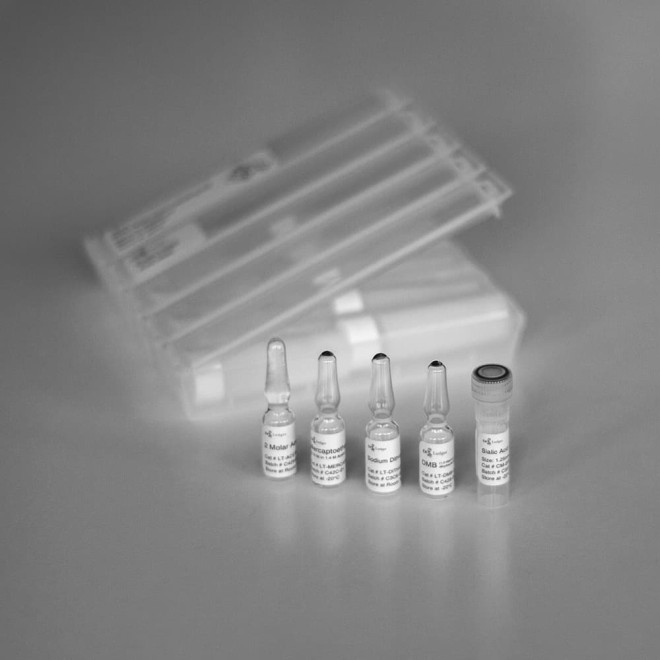
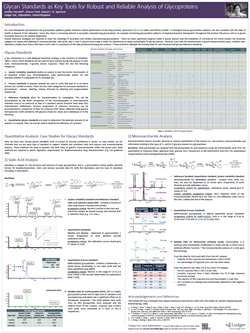
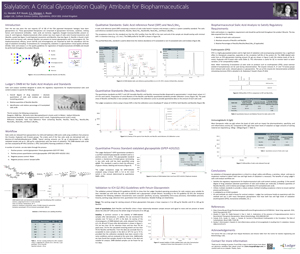
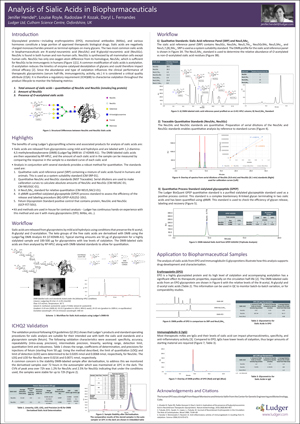

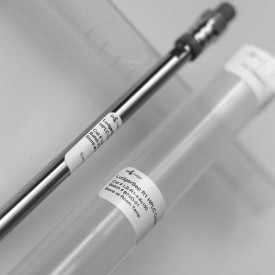

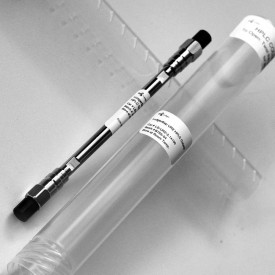

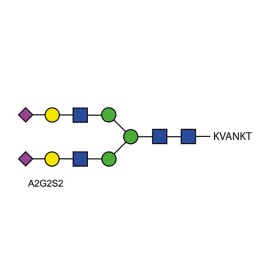
-275x275.jpg)
